How AI Is Improving Game Graphics and Visual Fidelity
14 March 2025
Let’s admit it: video games aren’t just games anymore. They’re experiences. We don’t just play them; we live in them, get lost in them, and sometimes even obsess over the tiny details in a pixelated sky or the way water ripples when we step in it. And guess what? It’s AI that’s making all these visuals go from "meh" to "mind-blowingly realistic."
Remember the good ol’ days of blocky graphics and those awkward jagged edges? If you’re from the early gaming generations, just thinking about those polygons is enough to make you nostalgic (or cringe, let’s be honest). But today, game graphics are on a whole new level, thanks to artificial intelligence stepping in like a genius artist with a digital paintbrush. So, what’s all the fuss about? Buckle up—because we’re about to dive into how AI is changing the game (pun absolutely intended).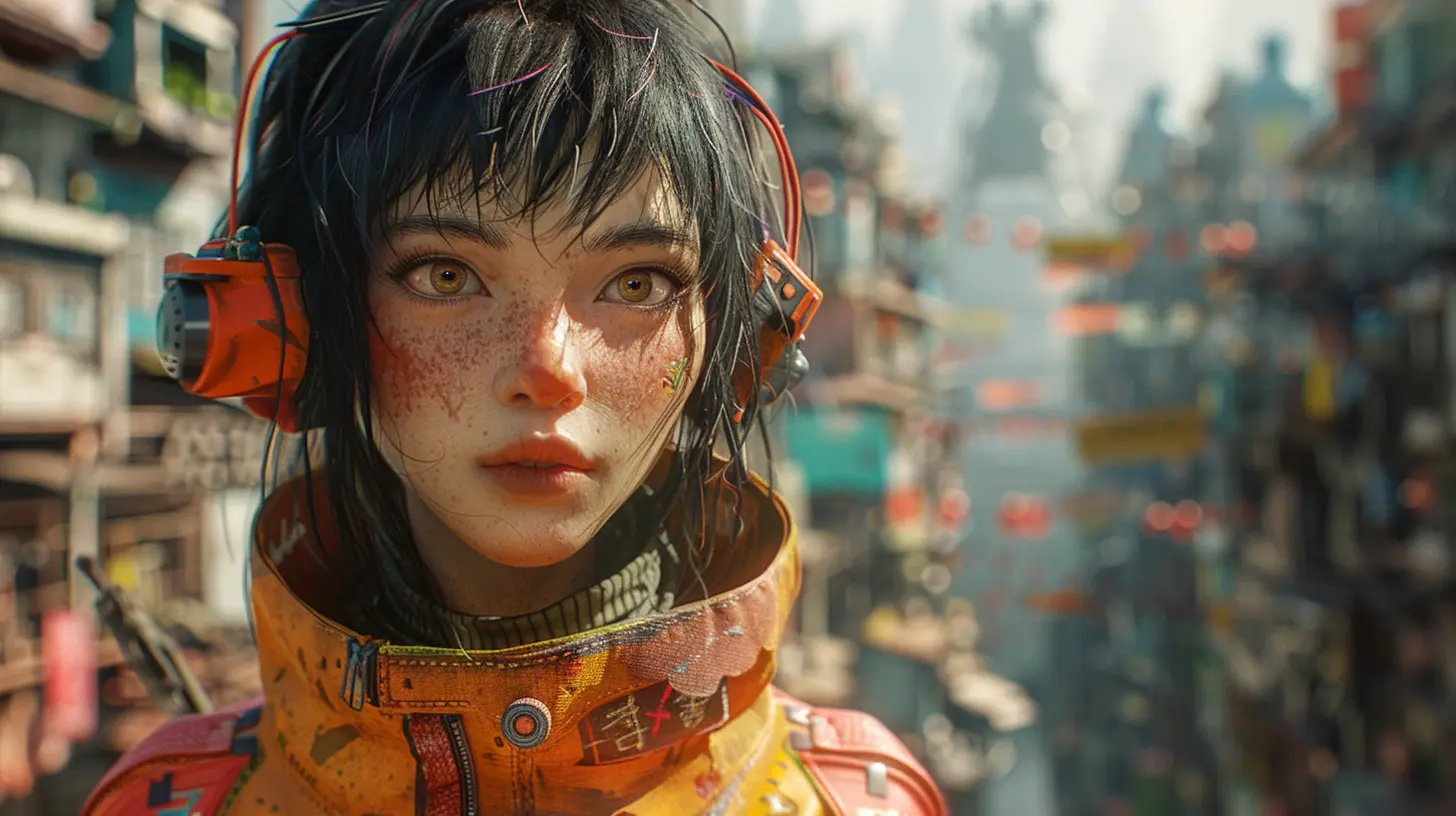
AI and Graphics: A Match Made in Digital Heaven
AI and gaming graphics go together like peanut butter and jelly—once you try it, you wonder how you lived without it. In simple terms, AI is helping developers create rich, stunning, and immersive visual environments faster and more efficiently. And it’s not just about making games pretty; it’s about creating worlds that feel alive.Think of AI as that overachieving friend who gets assigned a group project and ends up doing everything better than anyone else. When it comes to game graphics, AI handles tedious tasks like texture generation, lighting adjustments, and object rendering with astonishing precision. And the kicker? It learns as it goes, meaning these systems are only going to get better over time.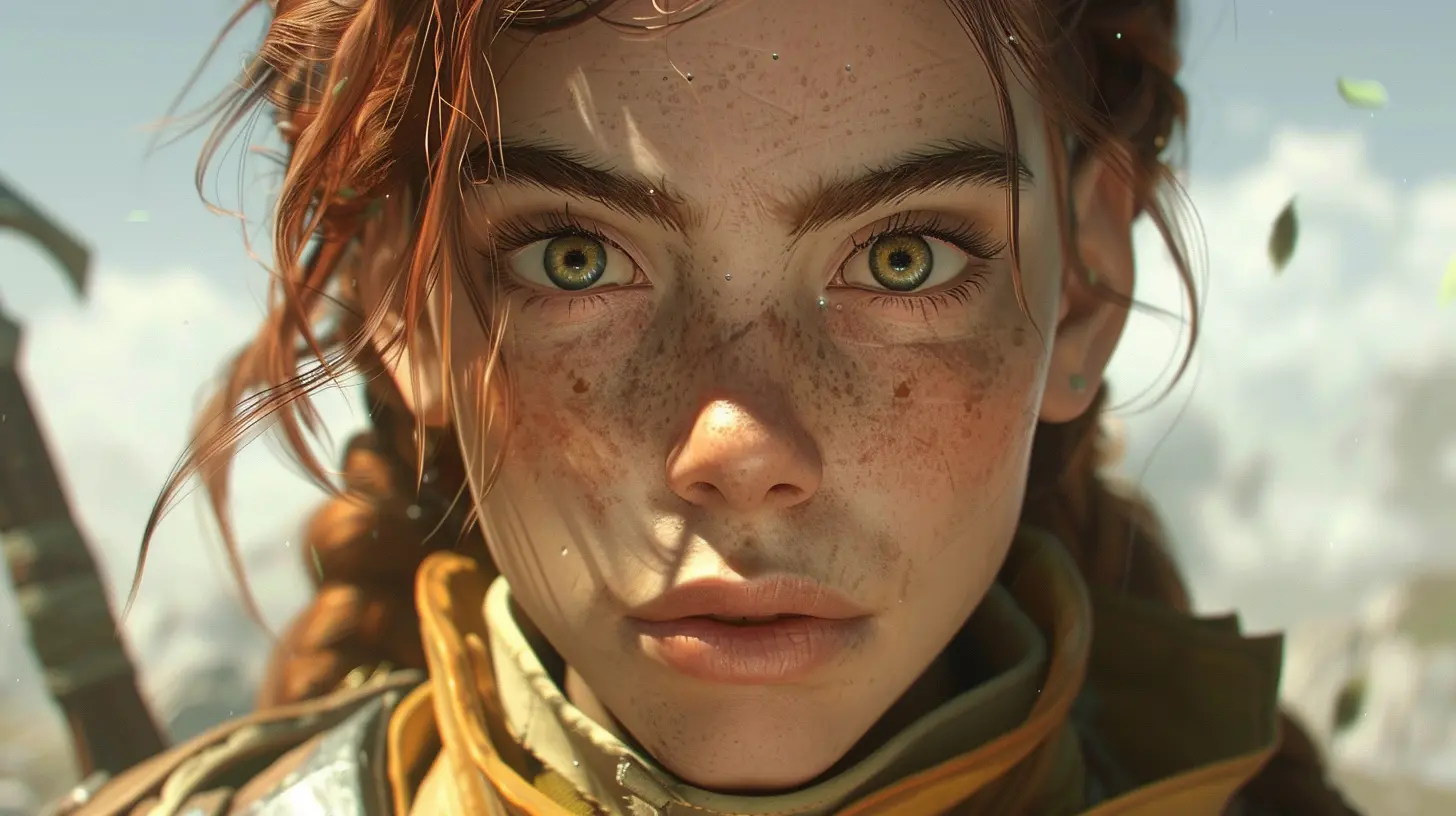
The Evolution of Game Visuals: A Look Back
Before we jump into all the fancy ways AI is improving things now, let’s rewind a bit. Back in the day, game visuals were functional. Pong? It was literally two rectangles and a dot, but everyone lost their minds over it. Fast forward a couple of decades, and we got games like "The Legend of Zelda: Ocarina of Time" or "Final Fantasy VII," which blew minds with their (now laughable) cutting-edge graphics.Then came the HD and 4K revolutions, and suddenly, everything was about how real your games looked. But here’s the issue: improving visuals traditionally required a ton of time, money, and highly skilled artists. Developers had to manually design textures, animate characters, and perfect lighting. It was insanely labor-intensive. That’s where AI swooped in to save the day.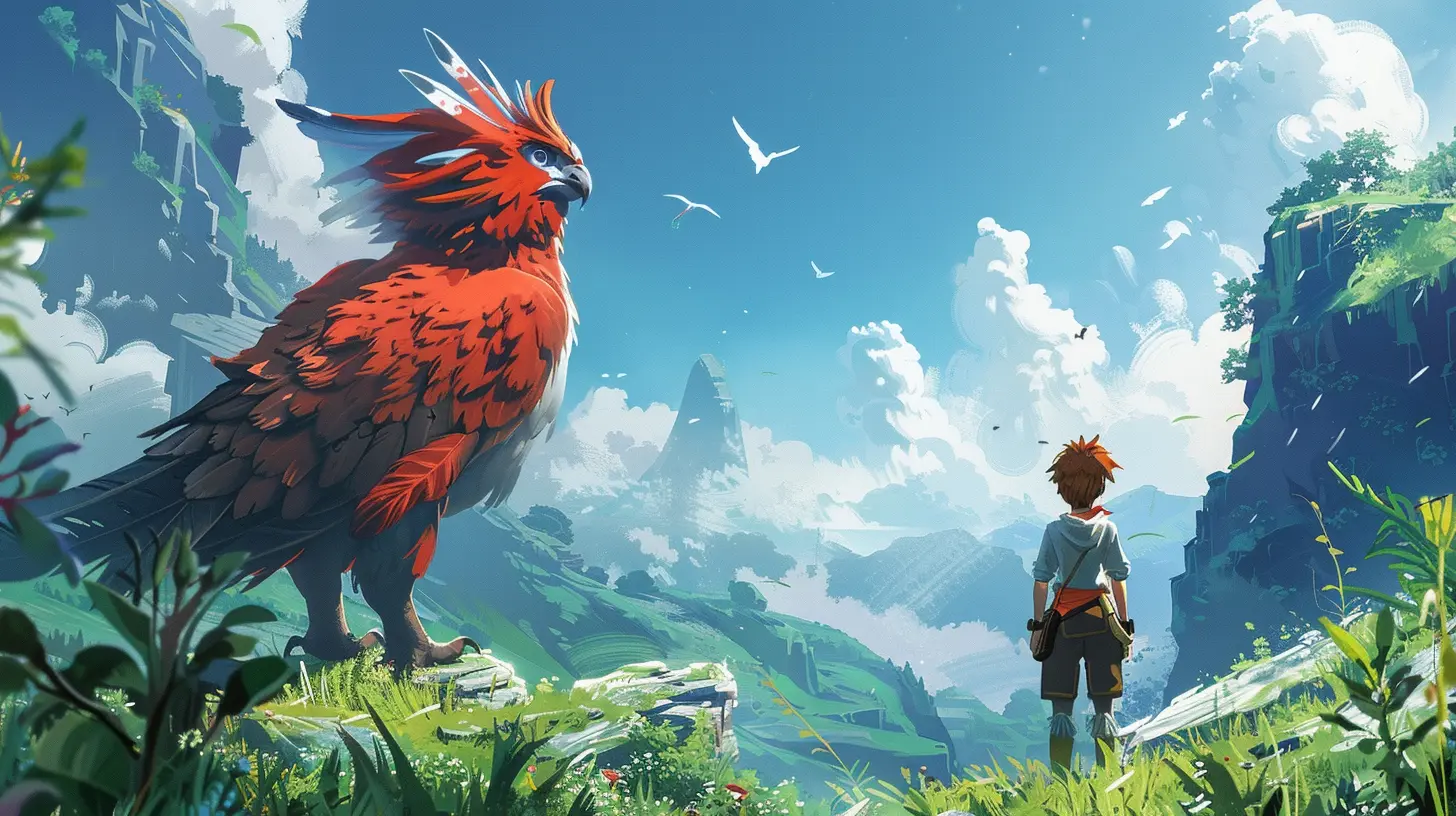
How AI Is Supercharging Game Graphics
From creating hyper-realistic environments to efficiency hacks that shave years off devtime, here’s how AI is giving gaming graphics a major glow-up:1. Procedural Generation: Infinite Worlds, Zero Sweat
AI loves randomness, but it’s the controlled kind of randomness. With procedural generation, AI can create massive, intricate game worlds faster than you can say, “Open world.” Games like "Minecraft" and "No Man’s Sky" utilize this technique to generate landscapes, environments, and galaxies that feel unique every playthrough.Imagine this: instead of an artist painstakingly designing a single tree and copy-pasting it a thousand times, AI generates an entire forest with countless variations. Every leaf, every branch, every shadow—unique. Magic, right?
2. Upscaling Graphics With AI-Powered Tools
Ever heard of DLSS (Deep Learning Super Sampling)? It’s basically AI’s way of saying, “Hold my energy drink; I can make this look better.” NVIDIA developed DLSS to upscale lower-resolution images in games to higher resolutions without sacrificing performance.How does it work? Picture watching a blurry YouTube video that suddenly becomes crystal clear. DLSS uses machine learning to predict what higher-quality frames should look like and fills in the gaps. The result? You get stunning visuals without your gaming rig sounding like it’s about to take off into orbit.
3. Real-Time Ray Tracing: Let There Be (Better) Light
Lighting is EVERYTHING. It sets the mood, defines realism, and adds depth to any scene. Ray tracing has been the holy grail of realistic lighting for years, but it’s insanely resource-intensive. That’s where AI steps in.AI algorithms optimize real-time ray tracing, meaning developers can implement natural lighting, reflections, and shadows on the fly. The end result? Environments that shine—literally and figuratively.
4. Hyper-Realistic Character Models
Ever been weirded out by a game character’s face looking… off? That’s what gamers call the "uncanny valley." AI is helping cross that valley by perfecting facial animations, skin textures, and even micro-expressions. Machine learning algorithms analyze real-world human movements and textures, applying them to characters for a more lifelike feel.Games like "The Last of Us Part II" showcase this beautifully. From Ellie’s subtle eyebrow raise to the way sunlight catches on her skin, these details add an emotional depth that hits you right in the feels.
AI as the Speed Boost Button for Game Developers
Okay, here’s the tea: making high-quality games is HARD. With bigger maps, better graphics, and more demanding players (yeah, we’re looking at you), it’s no surprise that game development timelines are stretching like taffy. AI, however, is speeding things up.By taking over repetitive tasks like texture creation and animation, AI frees up artists and developers to focus on the fun, creative stuff. It’s like having a digital assistant who’s ridiculously talented—and never needs coffee breaks. Plus, with tools like GANs (Generative Adversarial Networks), artists can use AI to whip up textures, landscapes, and even NPC (non-playable character) designs in a fraction of the time.
The Immersion Factor: How AI Makes Games Feel More Alive
Let’s not forget the real reason we’re all here: immersion. You know, that magical moment where you forget you’re playing a game and start feeling like you’re in it? AI cranks up that immersion dial to 11.Take weather effects, for example. AI-driven systems can simulate dynamic weather that evolves in real-time. So, instead of a looped rain animation, you get storms that roll in, lightning that strikes randomly, and puddles that dry up as the sun comes out.
Or consider NPC behaviors. Gone are the days when side characters felt like cardboard cutouts. AI makes NPCs smarter, giving them personalities, routines, and reactions that make them feel like actual people. Because let’s face it, nothing kills immersion faster than running into an NPC who says the same line for the 100th time.
What Does the Future Hold?
We’re only scratching the surface. In the future, AI will likely revolutionize how games are made and how we interact with them. Picture fully AI-generated game worlds where every tree, mountain, and NPC has its own history. Or games where AI adapts the story based on YOUR unique playstyle.And let’s not forget VR. With AI fine-tuning textures and generating hyper-realistic visuals, virtual reality could become indistinguishable from… well, reality. Imagine stepping into a game world so vivid you’ll need to pinch yourself to remember it’s not real.
Wrapping It Up
AI isn’t just improving game graphics—it’s redefining what’s possible. From jaw-dropping environments to characters that practically breathe, AI is pushing the boundaries of what can be achieved. And the best part? This is only the beginning. The more AI learns, the better our games will get.So, the next time you’re gawking at the reflection of a neon sign in a puddle during a late-night gaming session, spare a thought for the sleek AI working behind the scenes. It’s the unsung hero of modern gaming, and honestly? We’re here for it.
all images in this post were generated using AI tools
Category:
Video Game GraphicsAuthor:

Tayla Warner
Discussion
rate this article
7 comments
Raelyn Estes
This article highlights the exciting advancements AI brings to game graphics. It's impressive to see how machine learning enhances visual fidelity, making games more immersive and visually stunning. Can't wait to see where this technology leads us next!
April 4, 2025 at 4:35 PM

Tayla Warner
Thank you! I'm glad you found the advancements in AI for game graphics exciting. The future of immersive gaming looks promising!
Lysander McCoy
AI enhances realism in games, transforming graphics and elevating player immersion profoundly.
March 30, 2025 at 3:33 PM

Tayla Warner
Thank you! Indeed, AI's role in enhancing graphics offers players an unprecedented level of immersion and realism, revolutionizing the gaming experience.
Issac McCray
AI is revolutionizing game graphics, pushing visual fidelity to new heights and enhancing player experiences dramatically.
March 29, 2025 at 6:11 PM

Tayla Warner
Thank you for your insightful comment! Indeed, AI is a game-changer in enhancing graphics and overall player experiences.
Rayna Davis
AI in gaming graphics? Finally, a chance for my character to look as good as I do in my imagination! If only they could also AI my skills—then I’d be winning those epic boss fights instead of just staring at the beautiful scenery!
March 25, 2025 at 3:36 AM

Tayla Warner
Absolutely! With AI enhancing graphics, players can enjoy stunning visuals that match their imagination. Who knows, maybe AI-driven skill enhancements will be next!
Rose Martin
Exciting advancements in game visuals!
March 22, 2025 at 4:28 AM

Tayla Warner
Thank you! AI is truly transforming the landscape of game visuals, enhancing realism and immersion like never before.
Sadie Navarro
AI is revolutionizing game graphics by enhancing textures, optimizing rendering, and enabling real-time adjustments. This not only elevates visual fidelity but also enriches player immersion and overall gaming experience.
March 19, 2025 at 5:57 AM

Tayla Warner
Absolutely! AI is indeed transforming game graphics, making them more immersive and visually stunning. Its impact on textures and real-time adjustments is a game changer for the industry.
Isaiah Wade
AI is revolutionizing game graphics, pushing the boundaries of visual fidelity like never before. By enhancing textures, lighting, and realistic animations, developers are creating immersive experiences that captivate players. This technology not only elevates storytelling but also sets a new standard for the gaming industry.
March 18, 2025 at 6:01 AM

Tayla Warner
Thank you for your insightful comment! AI is indeed transforming game graphics, allowing for unprecedented levels of realism and immersion that enhance both gameplay and storytelling.
MORE POSTS
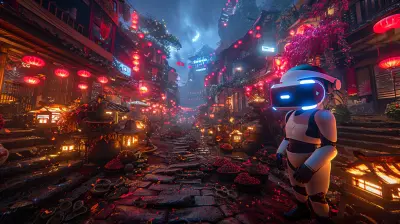
Playstation VR2: How It Stands Against Other VR Platforms
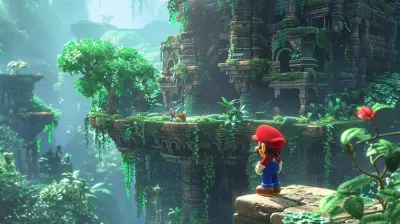
Why Collectathon Platformers Are Making a Serious Comeback
The Psychology Behind Player Avatar Design Choices
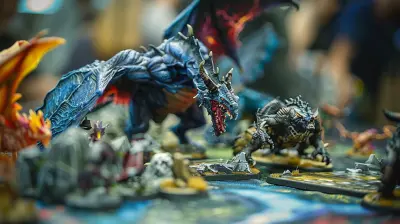
When Rules Change During a Tournament: Adapt or Perish
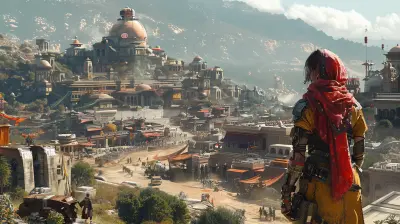
Exploring the Early Missions: A Glimpse into the Game’s Depth

The Ultimate Guide to Ori and the Will of the Wisps